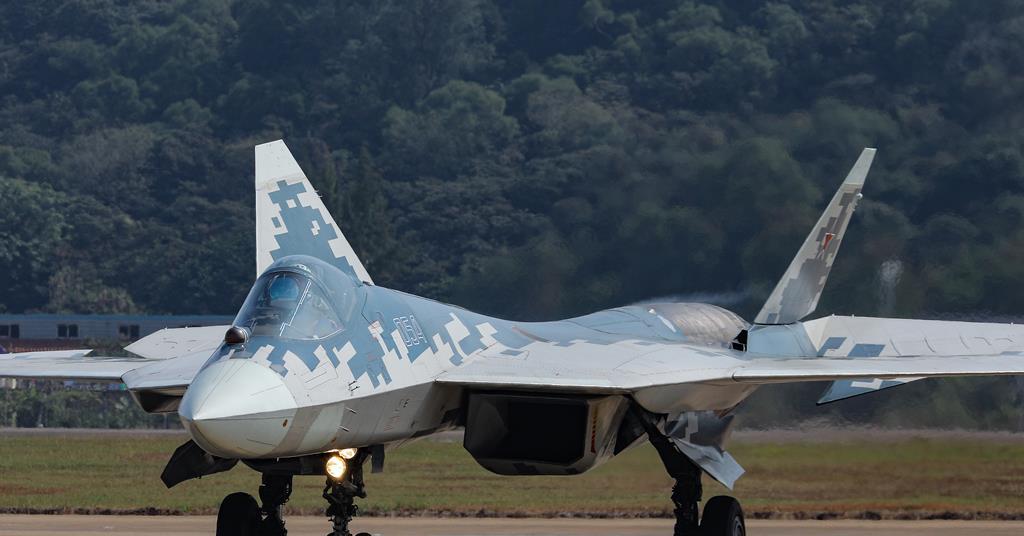Blue Spirit Aero’s hydrogen-powered Dragonfly trainer approaching take-off | News
Company
Legal Links
Contact
- +44 7947 753363
- contact@skylineairporttransfers.co.uk
- 6 Walsall Street Bilston Wolverhampton WV14 0AT
Recent Posts
© Skyline Airport Transfers. Created by![]() Beaphoenix WebDesign ltd
Beaphoenix WebDesign ltd
Popular Locations:
Birmingham: Aston, Bournville, Edgbaston, Erdington, Great Barr, Hall Green, Handsworth, Harborne, Northfield, Quinton, Soho, Sutton Coldfield, Amblecote, Brierley Hill, Coseley, Cradley, Gornal, Halesowen, Kingswinford, Lye, Netherton, Sedgley, Stourbridge, Quarry Bank, Bearwood, Blackheath, Cradley Heath, Great Bridge, Old Hill, Rowley Regis, Smethwick, Tipton, Tividale, Wednesbury, West Bromwich, Balsall Common, Bickenhill, Castle Bromwich, Chelmsley Wood, Dorridge, Elmdon, Hampton in Arden, Kingshurst, Knowle, Marston Green, Meriden, Monkspath, Hockley Heath, Shirley, Aldridge, Birchills, Bloxwich, Brownhills, Darlaston, Leamore, Palfrey, Pelsall, Pheasey, Shelfield, Streetly, Willenhall, Bilston, Blakenhall, Bushbury, Compton, Ettingshall, Heath Town, Oxley, Penn, Tettenhall, Wednesfield, Burntwood, Lichfield, Cannock, Rugeley, KIDDERMINSTER, Brierly Hill,
STOURPORT-ON-SEVERN
Coventry: Allesley, Binley, Keresley, Stoke, Tile Hill
Leicester: Abbey Rise, Ashton Green, Aylestone, Beaumont Leys, Bede Island, Belgrave, Blackfriars, Braunstone, Braunstone Frith, Bradgate Heights, Clarendon Park, Crown Hills, Dane Hills, Evington, Evington Valley, Eyres Monsell, Frog Island, Goodwood, Hamilton, Highfields, Horston Hill, Humberstone, Humberstone Garden, Kirby Frith, Knighton, Mowmacre Hill, Netherhall, Newfoundpool, New Parks, North Evington, Northfields, Rowlatts Hill, Rowley Fields, Rushey Mead, Saffron, Southfields, South Knighton, Spinney Hills, Stocking Farm, Stoneygate, St. Matthew’s, St. Mark’s, St. Peters, Thurnby Lodge, West End, West Knighton, Western Park, Woodgate
Derby: Matlock, Ripley, Ashbourne, ILKESTON, SWADLINCOTE , BURTON-ON-TRENT, BAKEWELL,
ALFRETON, BELPER, HEANOR
Telford: Market Drayton, Newport, Shifnal, Broseley, Much Wenlock
Stoke: Stoke-on-Trent, Newcastle, Leek, Uttoxeter, Stone, Stafford
Worcester: Worcester, Droitwich, Pershore, Broadway, Evesham, Malvern, Tenbury Wells
Gloucester: Gloucester, Cheltenham, Stroud, Cirencester, Tewkesbury, Badminton, Berkeley, Blakeney, Chipping Campden, Cinderford, Coleford, Drybrook, Dursley, Dymock, Fairford, Lechlade, Longhope, LydbrookLydney, Mitcheldean, Moreton-in-Marsh, Newent, Newnham, Ruardean, Stonehouse, Tetbury, Westbury-on-Severn, Wotton-under-Edge.
Nottingham: Nottingham, Sutton-in-Ashfield, Mansfield, Newark, Southwell, Grantham, Sleaford
Leicester: Leicester, Hinckley, Loughborough, Melton Mowbray, Oakham Market, Harborough, Lutterworth, Wigston, Ashby-de-la-Zouch, Ibstock, Markfield
Oxford: Oxford, Kidlington, Chipping Norton, Thame, Wallingford, Didcot, Wantage, Abingdon, Banbury, Carterton, Woodstock, Bicester, Witney, Chinnor, Watlington
Chester: Chester, Deeside, Bagillt, Buckley, Holywell, Birkenhead, Preston, Wallasey, Wirral, Neston, Ellesmere Port, Prenton
Airports we serve:
BHX: Birmingham Airport
EMA: East Midlands Airport
LHR: London Heathrow Airport
MAN: Manchester Airport
LGW: London Gatwick Airport
LTN: London Luton Airport
SOU: Southampton Airport
BRS: Bristol Airport
LPL: Liverpool John Lennon Airport
LCY: London City Airport
STN: London Stansted Airport



Blue Spirit Aero’s insect-like hydrogen-powered Dragonfly is making its first appearance on the ground at the Paris air show, and the French start-up hopes that the aircraft will participate in flying demonstrations over Le Bourget in 2027.
That is how rapidly the light trainer’s development programme is progressing, according to Florian Pasquiet, Blue Spirit’s head of structure and design. He tells FlightGlobal on 18 June that the Toulouse-based company recently started taxi-testing and hydrogen gas refuelling with the demonstrator.
Flight-testing will begin later this year or in the first quarter of 2026, he says.
“It’s a light, hydrogen-powered aircraft, a four-seater for the plane school market,” Pasquiet says. “And it has a particular shape, as you can see, with the distributed-electric propulsion. We have 12 of these powertrains that we call pods, and each of them has its own storage of hydrogen.”
The pods are independent from one another, meaning “there is no single point of failure”, and are easily replaced and refilled for fast turnaround times.
“If one pod was to fail, we can drop it and replace it, reducing the down time of the aircraft,” Pasquiet says.
A dozen wing-mounted propellers also provide a “blown-lift” effect in which air flow is accelerated over the aircraft’s wings, allowing for short take-off capabilities.
Blue Spirit’s approach differs from most hydrogen-electric start-ups in that they are not “on-boarding hydrogen inside the aircraft”, he says, and the company has opted to use gaseous hydrogen fuel.
“There is no mobile filling station for liquid hydrogen; for gaseous hydrogen, it exists,” he says. “It has been used on cars many times.”
Though Blue Spirit is focused for now on the trainer market, it plans to introduce a six-seater than will be aimed at the burgeoning regional air mobility sector, and Pasquiet says the design could be scaled up to 19-seat aircraft.
Source link
Share This:
admin
Plan the perfect NYC Memorial Day weekend
Pack only what you need and avoid overpacking to streamline the check-in and security screening…
LA’s worst traffic areas and how to avoid them
Consider using alternative routes, such as Sepulveda Boulevard, which runs parallel to the 405 in…
Western sanctions could accelerate Russian fighter aircraft production decline – RUSI analysis
A new analysis argues that the West could meaningfully accelerate Russia’s decline as a producer…
How regime change in Syria affected our annual World Air Forces fleet review
Significant combat action that has taken place around the globe over the past 12 months…
Crew of 737 flew at low height to correct approach after pressure-setting error
Czech investigators have disclosed that a Boeing 737 crew levelled the aircraft at a low…
Embraer’s KC-390 completes tanker certification trials with Brazilian Saab Gripen E fighters
The Brazilian air force (FAB), Embraer and Saab have completed a certification flight-test campaign to…
Stood down: which types departed national fleets during our World Air Forces review?
We detail some of the most notable national fleet retirements recorded in the 12 months…
UK regional Blue Islands suspends operations weeks after Eastern Airways
Another UK regional operator, Blue Islands, has suspended operations barely two weeks after the demise…
SJ-100’s domestic engines tested for resilience to water ingestion
United Aircraft has carried out water-ingestion tests on its initial import-substituted Yakovlev SJ-100, equipped with…
Wizz A321XLR’s descent rate increased just before hard landing and tail-strike
Czech investigators have disclosed that a Wizz Air UK Airbus A321XLR’s descent rate increased by…
Aviation’s environmental action slow to take off, despite ‘unprecedented unity’
Such is the fundamental importance of aviation tackling its emissions that it has become commonplace…
Could Saab Gripen E buy give Ukraine ‘Wings for victory’?
When Ukrainian President Volodymyr Zelensky implored Western allies to equip Kyiv with advanced fighter aircraft…